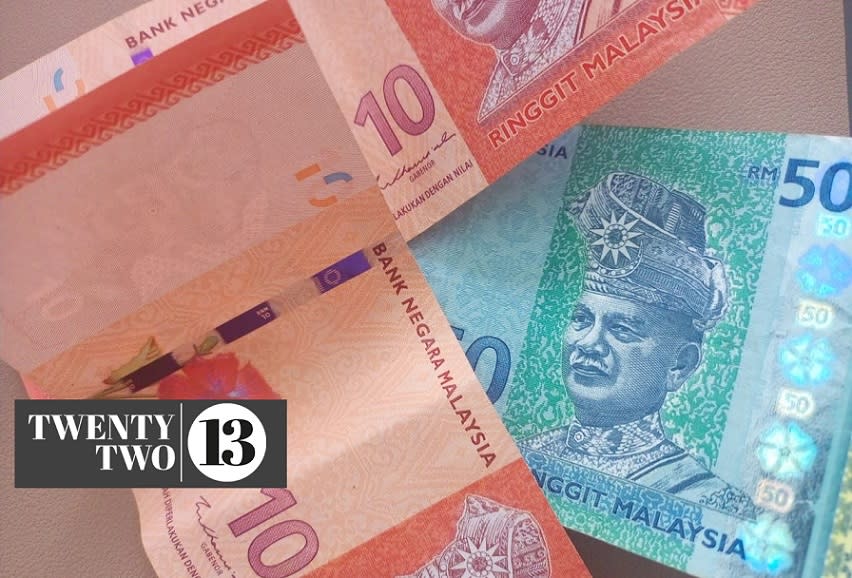Armchair experts will do more harm with their ‘solutions’ in addressing weakening ringgit

All kinds of experts are giving advice on how to manage the ringgit in its current state.
Suggestions are liberally prescribed to improve the ringgit’s performance, with the expectation that results will be just like what we are used to on social media – simple and immediate.
Some of the suggestions included the use of, and the accumulation of more foreign reserves. A politician suggested a strategic intervention, in other words, to sell the dollar and buy ringgit at a specific level, to halt the ringgit’s slide.
Others cited Singapore as an example of having an overabundance of foreign reserves and strengthening currency as something to emulate.
Japan has more than US$1 trillion of international foreign reserves, and yet, the yen has weakened to levels not seen since the late 1980s. But surely with that much reserves, the Bank of Japan can intervene at will. Right?
According to a 2022 survey by the Bank of International Settlement, the Japanese yen’s daily turnover was around US$432 billion a day. That is a lot to push against to move the needle in dollar-yen exchange rate.
As clearly observed in the current yen streak of weakness, the Bank of Japan does not feel the need to draw some hard line on the sand. The yen has been allowed to fall to more than a 30-year low.
All this suggests that intervening in the foreign exchange market is a discipline which requires understanding of capital flows while working in a specific monetary policy framework. If the Bank of Japan intervenes to prop up the yen just because it thinks it can, or worse, due to external pressure, then the reserves will be depleted in no time for an unproductive cause. This, in turn, will put Japan in a vulnerable position as the original and true purpose of reserves is for insurance during crisis periods.
Turning to Singapore, its foreign reserves are approaching US$500 billion. Switzerland has even more. In January this year, its reserves amounted to almost US$800 billion. What needs to be understood by commentators casually dispensing advice is that the accumulation of reserves and its use is part of a monetary policy framework constructed by a country to suit its economy. Both Singapore and Switzerland are small open economies, and their monetary policies are framed to reflect this reality.
Reserve accumulation and currency strengthening via monetary policy tightening is not without cost. Due to operations of its monetary policy framework to strengthen its currency, the Singapore central bank recorded a US$23 billion loss in its last financial year.
In 2022, the Swiss National Bank posted a staggering US$143 billion loss. Singapore and Switzerland can live with this as they have chosen the way they conduct their monetary policy.
But if this were to happen in Malaysia, politicians and so-called experts would spend years arguing about who to blame. The same experts will then have more suggestions on how the central bank should conduct its business.
We then continue our slide towards an imaginary free lunch economy where more and more people think solutions are always simple and immediate and economic choices are always without trade-offs.
All views are the author’s own and in no way reflect the views of his former and current employers in the financial industry and academia.
The post Armchair experts will do more harm with their ‘solutions’ in addressing weakening ringgit appeared first on Twentytwo13.


